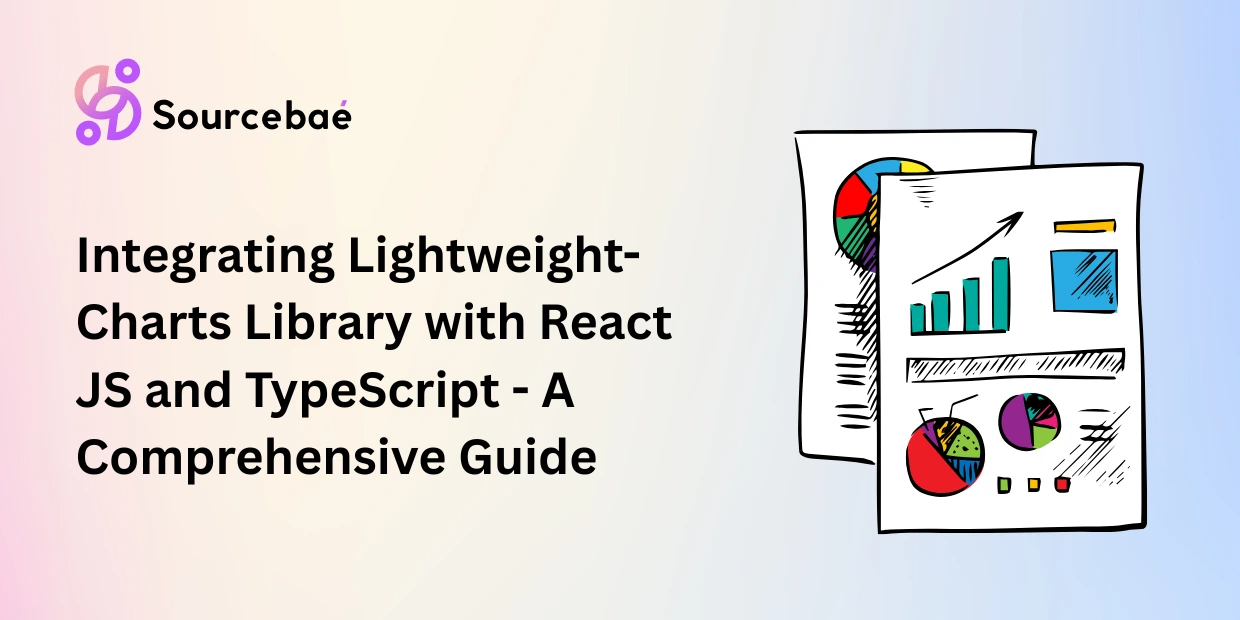When it comes to web development, React has emerged as a powerhouse for creating dynamic and interactive user interfaces. However, to truly master React, you need a solid grasp of the underlying JavaScript features that empower its functionality.
In this comprehensive guide, we’ll explore the JavaScript features you must know to excel in React development. From the fundamentals to advanced concepts, this article will equip you with the knowledge and insights to become a proficient React developer.
JavaScript Features You Need to Know to Master React
JavaScript, as the foundation of React, provides a range of features that are integral to understanding and effectively utilizing React. Let’s delve into these features in detail:
1. ES6 Syntax and Arrow Functions:
Understanding the modern ES6 syntax is essential for efficient React coding. Arrow functions, in particular, help simplify code structure and improve readability.
2. Component-Based Architecture:
JavaScript’s ability to create reusable components aligns seamlessly with React’s component-based architecture. This promotes modular and organized code, making maintenance and updates smoother.
3. State and Props:
JavaScript’s concept of state and props is at the core of React’s dynamic nature. State allows components to manage and track changes, while props facilitate data flow between components.
4. Destructuring and Spread Operators:
Destructuring objects and using spread operators in JavaScript streamline the handling of data within React components, enhancing code efficiency.
5. JSX (JavaScript XML):
JSX, an extension of JavaScript, enables developers to write HTML-like code within their JavaScript. This makes rendering components in React more intuitive and readable.
6. Event Handling:
JavaScript’s event handling capabilities empower React components to respond to user interactions effectively. This includes handling onClick, onChange, and other events seamlessly.
7. Conditional Rendering:
JavaScript’s if-else statements and ternary operators align perfectly with React’s conditional rendering, allowing components to display content based on specific conditions.
8. Lifecycle Methods:
Understanding JavaScript’s lifecycle methods, such as componentDidMount and componentWillUnmount, is crucial for managing component behavior and optimizing performance in React.
9. Fetch API and Asynchronous Programming:
JavaScript’s asynchronous programming capabilities, coupled with the Fetch API, enable seamless data fetching and updating within React applications.
10. LocalStorage and SessionStorage:
Leveraging JavaScript’s localStorage and sessionStorage facilitates client-side data storage, which can be advantageous for saving user preferences in React applications.
11. Higher-Order Components (HOCs):
JavaScript’s functional programming capabilities enable the creation of HOCs in React, enhancing code reusability and making it easier to manage complex component structures.
12. Context API:
JavaScript’s context allows for global data sharing across components in React applications, reducing the need to pass props down the component tree.
13. Promises and Async/Await:
JavaScript’s Promise-based asynchronous programming, along with the modern async/await syntax, simplifies handling asynchronous operations in React.
14. Immutability and Pure Functions:
Understanding immutability and pure functions in JavaScript ensures that state management in React remains predictable and avoids unintended side effects.
15. Error Handling with Try/Catch:
JavaScript’s try/catch blocks offer a structured approach to handling errors in React applications, enhancing stability and user experience.
16. Routing with React Router:
JavaScript’s versatility complements React Router’s seamless navigation, allowing developers to create dynamic, multi-page applications.
17. RESTful API Integration:
JavaScript’s capabilities for making HTTP requests align well with React’s need for integrating RESTful APIs, enabling data exchange between the frontend and backend.
18. Event Delegation:
JavaScript’s event delegation strategy optimizes event handling within React’s virtual DOM, contributing to improved performance.
19. Web Accessibility (A11y):
JavaScript’s support for manipulating the DOM aligns with React’s commitment to web accessibility, ensuring applications are usable by individuals with disabilities.
20. Webpack and Babel Integration:
JavaScript’s versatility shines when integrated with tools like Webpack and Babel, enhancing the development and deployment of React applications.
21. Closures and Scoping:
Understanding JavaScript’s scoping rules and closures is essential for maintaining clean code and preventing variable conflicts in React applications.
22. Memoization:
JavaScript’s ability to optimize function calls through memoization contributes to React application performance by reducing unnecessary re-renders.
23. Error Boundaries:
JavaScript’s error handling capabilities align with React’s ErrorBoundary component, offering a way to gracefully manage errors and prevent app crashes.
24. Hooks:
JavaScript’s functional programming nature is well-suited for React’s hooks, allowing developers to manage state and side effects in functional components.
25. TypeScript Integration:
While not exclusive to JavaScript, integrating TypeScript enhances React development by providing static typing, reducing potential runtime errors.
FAQs:
How do I start learning JavaScript for React?
Begin by mastering JavaScript fundamentals like variables, data types, and control structures. Then, explore ES6 features, such as arrow functions and destructuring, to enhance your code quality.
Can I use JavaScript libraries with React?
Absolutely. React’s flexibility allows you to integrate various JavaScript libraries for specific functionalities, such as data visualization (D3.js) or state management (Redux).
What’s the significance of the Virtual DOM in React?
The Virtual DOM is a JavaScript representation of the actual DOM. React uses it to efficiently update and render components, reducing the need for direct manipulation of the real DOM.
Is it necessary to learn all these JavaScript features to master React?
While not mandatory, understanding these features significantly empowers your React development journey. They provide the foundation for writing clean, efficient, and scalable React applications.
How does JavaScript’s event-driven nature enhance React?
JavaScript’s event-driven paradigm aligns with React’s component-based architecture, allowing developers to create responsive and interactive user interfaces by handling user actions.
Can I use JavaScript features in both frontend and backend development?
Absolutely. JavaScript is a versatile language used in both frontend (browser) and backend (Node.js) development. Understanding its features benefits you in various application areas.
Conclusion:
As you embark on your journey to master React, remember that a strong foundation in JavaScript is paramount. The features and concepts we’ve explored in this article lay the groundwork for creating exceptional React applications. By harnessing JavaScript’s capabilities, you’ll build responsive, dynamic, and user-friendly interfaces that leave a lasting impact. Stay curious, keep practicing, and dive deeper into these features to become a true React expert.






